50 Fabulous 4th of July Facts: All About Patriotism
The Skinny on Independence Day
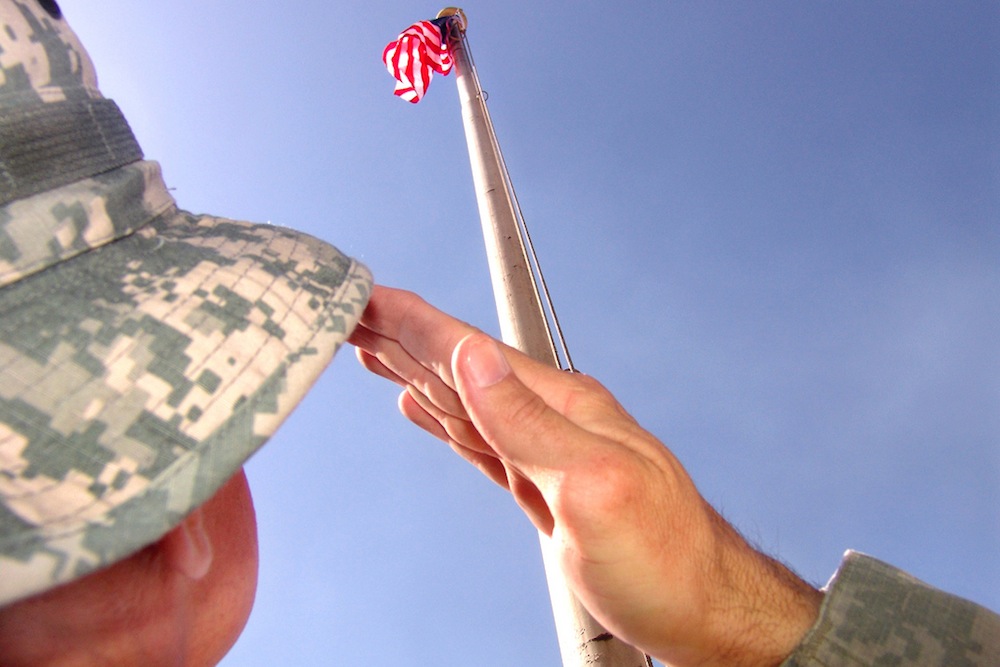
Each day through July Fourth, LiveScience brings you some of the most fascinating, little-known facts about America's celebration of independence.
[Read: 50 Fabulous Facts About the 4th of July: Wild Celebrations]
Old Glory

A large flag measuring 10 feet by 17 feet and owned by Massachusetts sea captain William Driver was the first U.S. flag known as "Old Glory," according to PBS. As Driver was leaving on one of his many voyages, some friends reportedly gave him the flag, which upon its opening from the ocean breeze on the way out to sea, he exclaimed "Old Glory!" according to Duane Streufert's website, usflag.org.
The 15-Stripe Flag
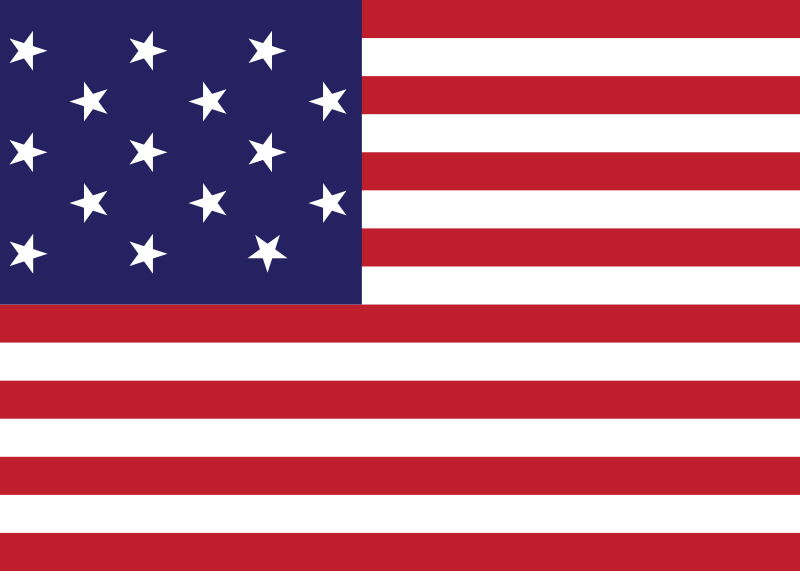
The American flag once had two additional stripes: When Kentucky and Vermont were added to the Union, a resolution adopted in January 1794 expanded the flag to 15 stars and 15 stripes. However, realizing the flag would become unwieldy with a stripe for each new state, Capt. Samuel C. Reid suggested the flag carry 13 stripes for the 13 colonies and that a star be added to the flag's blue area for each new state. That proposal would become law in 1818, with the American flag holding 13 alternating red and white stripes since then.
National Treasure
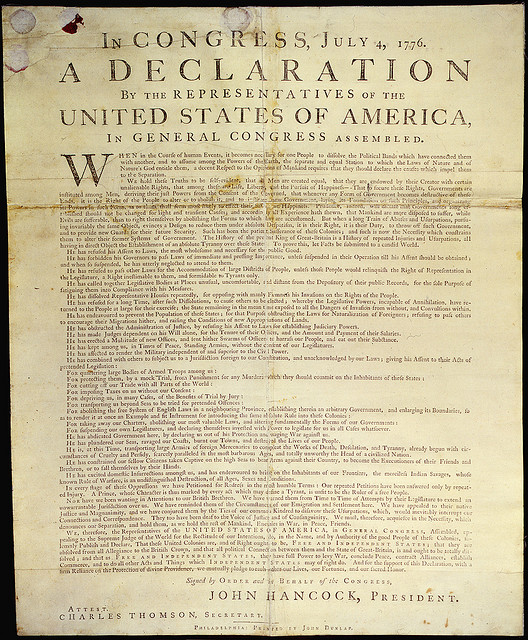
If you watched Disney's "National Treasure" you may wonder whether there's an invisible message on the back of the Declaration of Independence. No message (nor map as the movie would suggest), but on the back of the document, upside down, it reads "Original Declaration of Independence // dated 4th July 1776," according to the U.S. National Archives and Records Administration. The National Archives writes, "While no one knows for certain who wrote it, it is known that early in its life, the large parchment document (it measures 29¾ inches by 24½ inches) was rolled up for storage. So, it is likely that the notation was added simply as a label." (The first printed version of the Declaration is pictured here.)
The Flag's Legend

Philadelphia seamstress Betsy Ross is credited with designing the Stars and Stripes, but alas, historians have found no evidence to back up this claim. Ross did make flags for Pennsylvania state ships, but there is no record of her meeting with George Washington or other colonial leaders to design a flag for the burgeoning republic. In fact, the legend of Ross’ involvement wasn’t even born until 94 years after the fact: In 1870, one of Ross’ grandsons told the story to the Historical Society of Pennsylvania. This was just before the country’s centennial in 1876, and the story of a humble seamstress designing the much-loved flag was too much to resist.
Where's the Declaration?

The Declaration moved from city to city with Congress during the Revolutionary War. In 1789, it was officially transferred to the the secretary of state, and then moved with the capital of the country, first from New York to Philadelphia, then in 1800 to Washington, D.C., according to the National Archives.
Get the world’s most fascinating discoveries delivered straight to your inbox.
The Signers
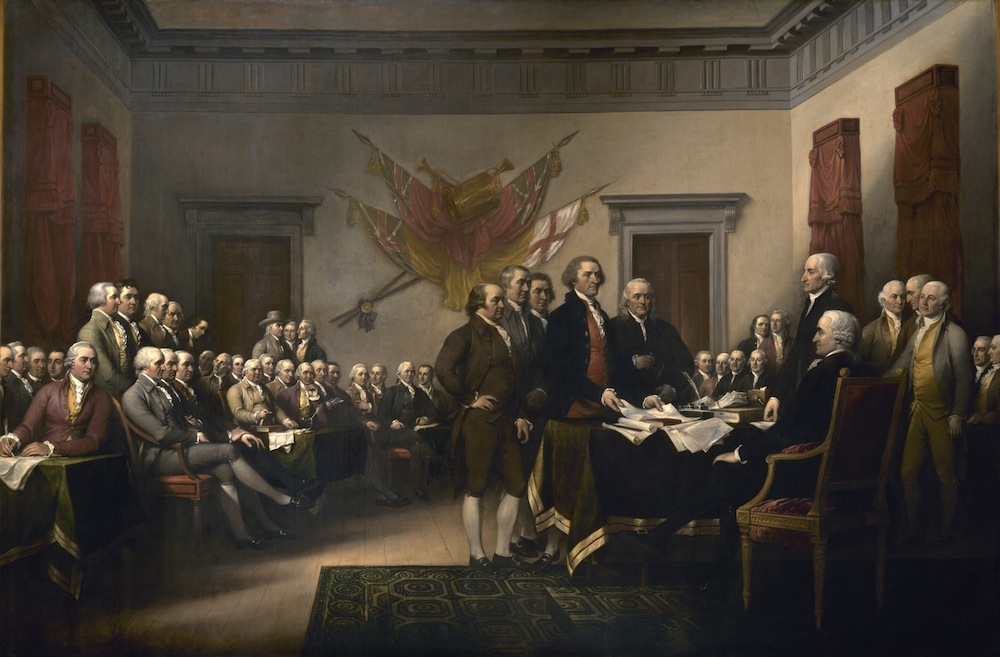
There were 56 signers of the Declaration, including Elbridge Gerry, who as governor of Massachusetts was much criticized for redistricting the state to the advantage of his party (Democratic-Republican); this incident was the source of the term gerrymandering. The youngest signer was Edward Rutledge (age 26), while Benjamin Franklin (age 70) was the oldest.
John Trumbull's painting of the presentation of a Declaration of Independence draft was supposed to include all 56 signers, but the painter could get likenesses for only 42. In reality, the signers did not sign all at once but rather over a period of time.
The Liberty Bell

The Liberty Bell in Philadelphia has been linked with the Declaration of Independence since 1847 when George Lippard wrote a fictional story for "The Saturday Currier" telling of an elderly bellman waiting in the State House steeple for word that Congress had declared Independence, according to the Independence Hall Association (IHA) in Philadelphia. The story goes on to say the bellman was doubtful until his grandson, who had been eavesdropping on the Congress, yelled "Ring, Grandfather! Ring!"
Historians highly doubt the bell actually range in 1776, as the steeple was in bad shape, according to the IHA.
What's in a Name?

In the U.S., 31 places have “liberty” in their names, with the most populous one (as of April 1, 2010) being Liberty, Mo. (29,149 residents). Iowa is home to four “liberty” spots: Libertyville, New Liberty, North Liberty and West Liberty.
Planting a Flag
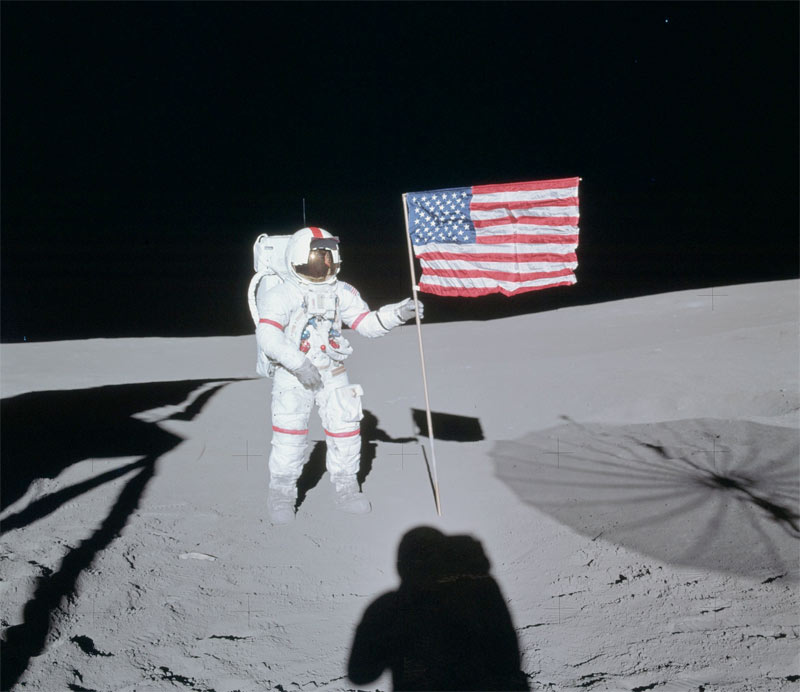
Astronaut Alan Shepard raised the United States flag on the surface of the moon during the Apollo 14 mission. Flags accompanied each of the Apollo missions.
Pledging Allegiance
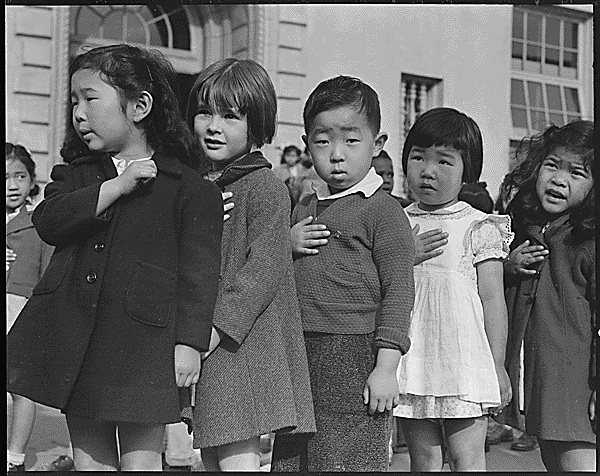
The Pledge of Allegiance has changed four times since it was composed in 1892. Here's the progression:
1892: I pledge allegiance to my flag and the republic for which it stands: one nation indivisible with liberty and justice for all.
1892-1923: I pledge allegiance to my flag and to the republic for which it stands: one nation indivisible with liberty and justice for all.
1923-1924: I pledge allegiance to the flag of the United States and to the republic for which it stands: one nation indivisible with liberty and justice for all.
1924-1954: I pledge allegiance to the flag of the United States of America, and to the republic for which it stands: one nation indivisible with liberty and justice for all.
1954: I pledge allegiance to the flag of the United States of the America, and to the republic for which it stands, one nation under God, indivisible with liberty and justice for all.


